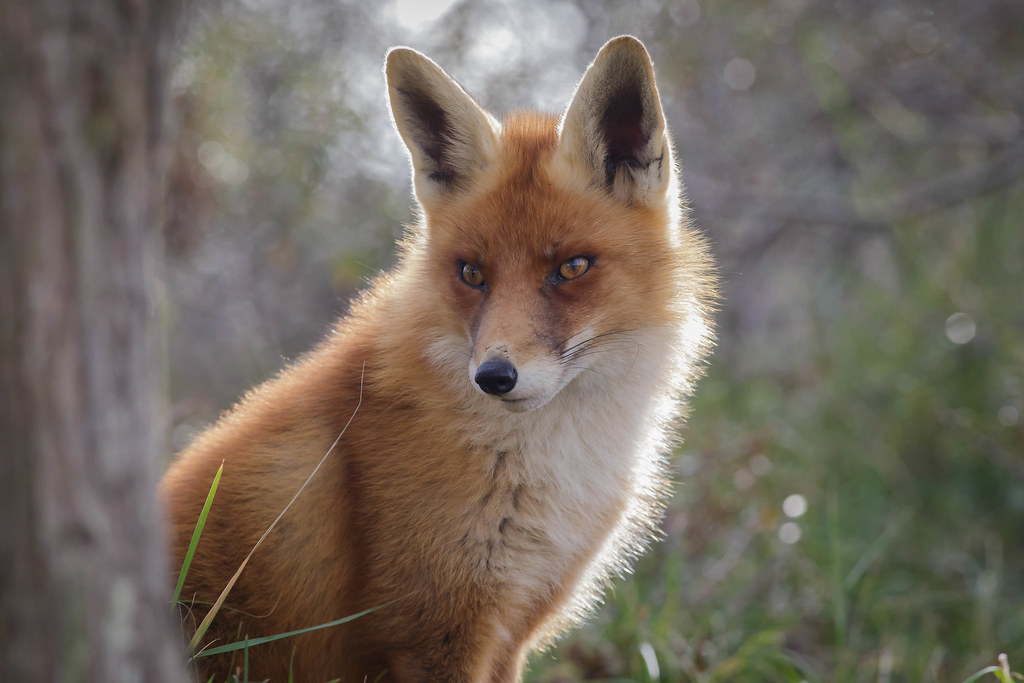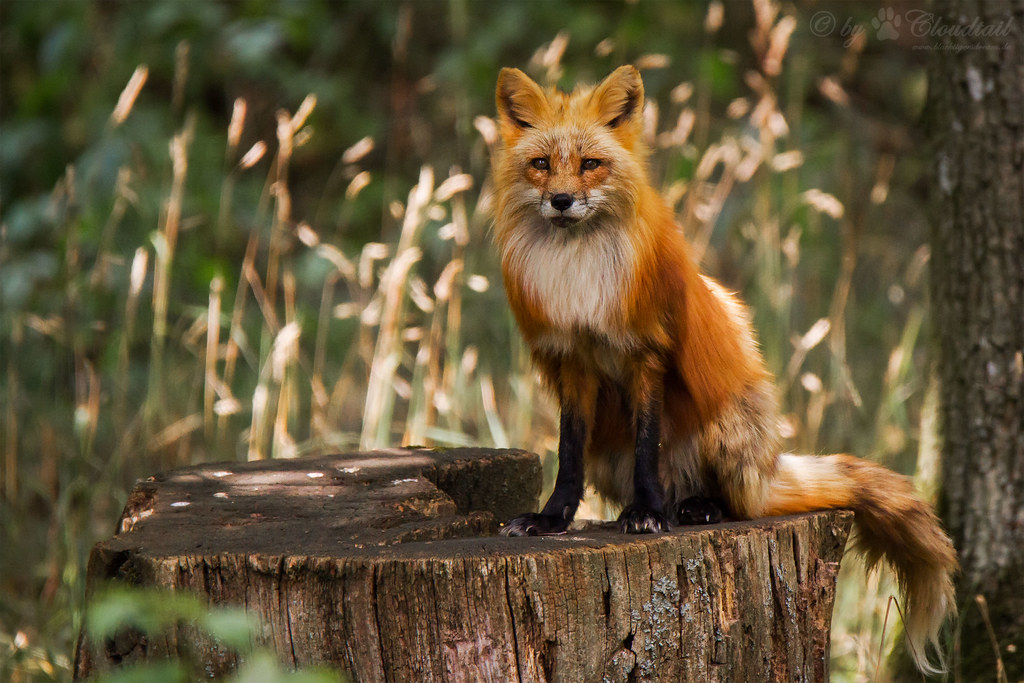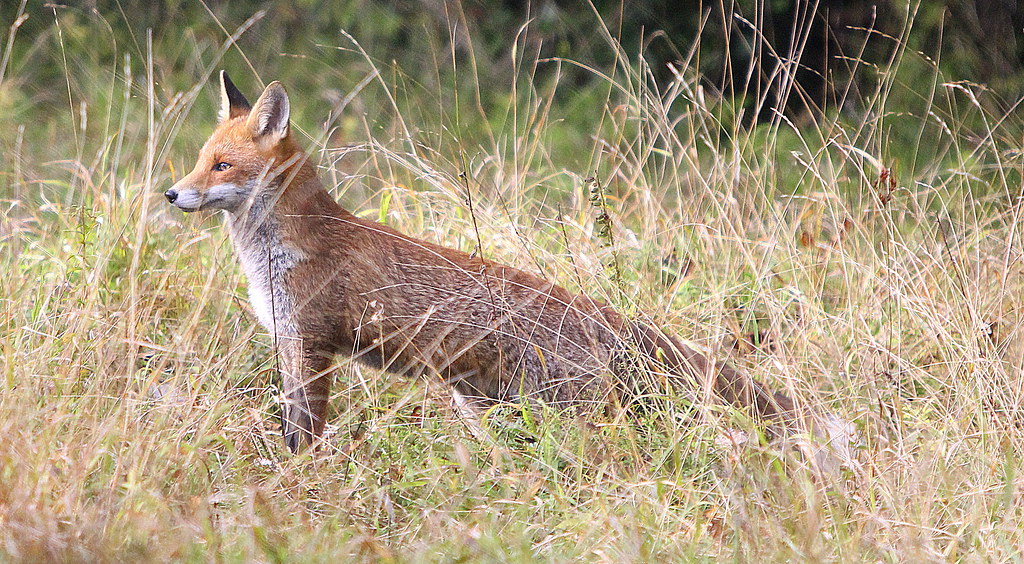
Saturday, October 31, 2015
But dahling, I AM marvelous!
Friday, October 30, 2015
Thursday, October 29, 2015
Frodo, by any other name, is still a fox
Tuesday, October 27, 2015
Pawsing in thoughtfulness
Monday, October 26, 2015
Sunday, October 25, 2015
Did you hear that? OH, certainly!
Saturday, October 24, 2015
Friday, October 23, 2015
Thursday, October 22, 2015
Chilling out-waiting for winter
Wednesday, October 21, 2015
Why did the fox cross the road?
Tuesday, October 20, 2015
Monday, October 19, 2015
Daydream Believer
Sunday, October 18, 2015
Saturday, October 17, 2015
Friday, October 16, 2015
This Heartbreaking Photo of 2 Foxes Will Inspire You to Think Green
Latrice Harrison
October 16, 2015
OneGreenPlanet; Earth Monster
A photo by Don Gutoski, titled “A Tale of Two Foxes,” won the wildlife photograph of the year award. The annual competition, sponsored by London’s Natural History Museum in partnership with BBC Wildlife, selected this photo from a pool of 42,000 entries because of the strong statement that it makes about climate change. Jury member Kathy Moran writes,”What might simply be a straightforward interaction between predator and prey struck the jury as a stark example of climate change, with red foxes encroaching on Arctic fox territory.”
The picture was taken in Wapusk National Park in Manitoba, Canada where the receding ice sheets are spelling bad news for everything living there. Animals who would have rarely interacted before are now being forced into contact with each other, competing for limited resources. The arctic fox, who’s magnificent white coat once gave it good camouflage to hunt in a large snowy domain, is now hunting on mudflats, where their coats actually draw attention. They are poorly adapted to this new environment and are now becoming the victims of the better adapted red fox who is following the warm weather further and further north.
The photographer describes his experience. “From a distance, Don could see that the red fox was chasing something across the snow. As he got closer, he realized the prey, now dead, was an Arctic fox…In the Canadian tundra, global warming is extending the range of red foxes northwards, where they increasingly cross paths with their smaller relatives, the Arctic fox. For Arctic foxes, red foxes now represent not just their main competitor – both hunt small animals such as lemmings – but also their main predator. Few actual kills by red foxes have been witnessed so far, but it is likely that conflicts between the two mammals will become more common.”
Despite the grizzly reality of what this photo depicts, it is incredibly difficult to look away. The sheer beauty of these two creatures who have evolved over thousands of years to thrive in their own native ecosystems, reduced to this grotesque and aberrant state is just one example of how climate change has altered the lives of so many species.
The stark reality is that as we pump more and more greenhouse gas emissions into the atmosphere, we are adding more heat and energy into the climate system which is causing extreme fluctuations in global temperatures. There is now currently more carbon dioxide in the atmosphere than there has been for the past 800,000 years, and according to NASA, the world has gotten three degrees warmer within the last hundred years. All of this extra heat is melting the glaciers at the astounding rate of 8.8 million acres per year.
What Can We Do About This?
Knowing what we do about the impact of climate change, it can be easy to feel defenseless or that this is a problem too large for us to even make a dent in. This, however, is hardly the case. While the carbon emissions of large industries like coal and oil need to be regulated, as an individual you have an incredible opportunity to start reducing your own carbon footprint. People are making small changes every day like choosing to walk or bike to work rather than driving, seeking out recycling bins for plastic waste, and even being mindful of the impact of their consumption choices. In keeping with this theme of doing small things, there is another solution that can have an enormously positive impact for the planet – and, it might just be the simplest one yet: changing the way you eat.We all have the chance to lower our personal carbon footprints every time we sit down for a meal. By opting to eat fewer meat and dairy products in favor of plant-based alternatives, you can literally halve your own carbon footprint – yes, halve!
Why is this? Well, one of the largest drivers of greenhouse gas emissions is animal agriculture. The United Nations Food and Agriculture Organization (FAO) estimates that livestock production is responsible for 14.5 percent of global greenhouse gas emissions, while other organizations like the Worldwatch Institute have estimated it could be as much as 51 percent.
Not only is animal agriculture responsible for exorbitant greenhouse gas emissions, this destructive industry currently occupies over half of the world’s arable land resources, uses the majority of our freshwater stores. One Green Planet believes that our global food system dominated by industrial animal agriculture is at the heart of our environmental crisis as this system also causes rampant air and water pollution, land degradation, deforestation – and is pushing countless species to the brink of extinction. And yet, one in eight people still suffer from food scarcity.
“The real war against climate is being fought on our plates, multiple times a day with every food choice we make,” says Nil Zacharias, co-founder and Editor-in-Chief of One Green Planet, ”one of the biggest challenges facing our planet, and our species is that we are knowingly eating ourselves into extinction, and doing very little about it.”
As the leading organization at the forefront of the conscious consumerism movement, it is One Green Planet’s view that our food choices have the power to heal our broken food system, give species a fighting chance for survival, and pave the way for a truly sustainable future.
By choosing to eat more plant-based foods you can drastically cut your carbon footprint, save precious water supplies and help ensure that vital crop resources are fed to people, rather than livestock.
For the future of struggling species, like these foxes, we all need to start eating with the planet in mind. To learn more about how you can save species with your next meal, join One Green Planet’s #EatForThePlanet campaign.
All image source: Dan Gutoski
source
Thursday, October 15, 2015
Silver Fox, Front and Center
Tuesday, October 13, 2015
Twas a dark and stormy fox...
Monday, October 12, 2015
Sunday, October 11, 2015
Dude, that's a sandwich in your hand... right? Right?
Saturday, October 10, 2015
Thursday, October 8, 2015
Wednesday, October 7, 2015
Subscribe to:
Comments (Atom)























